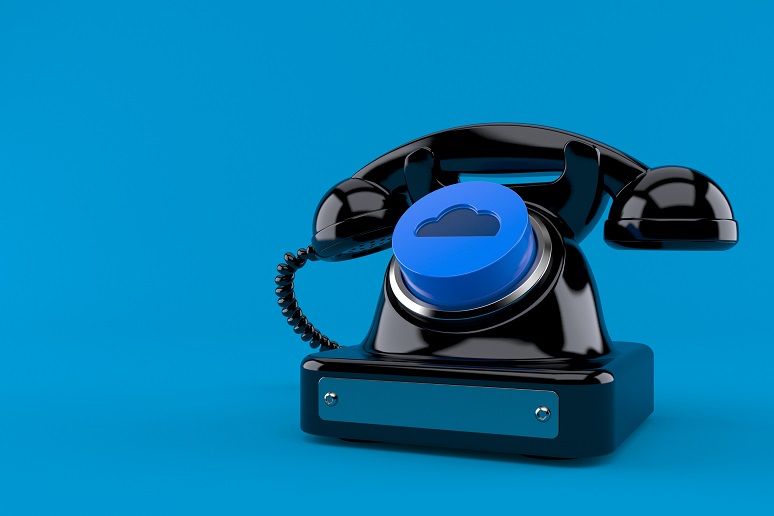Many enterprises using Microsoft teams for collaboration are now turning their attention to telephony needs and asking: What can Microsoft do for me? But like any IT project, migrating your telephony system to Teams comes with its unique challenges and issues to address.
To provide insight on how best to handle a Teams telephony migration
Enterprise Connect this week hosted a half-day virtual summit, featuring discussions from a leading Teams consultant, Microsoft partners, and a Teams product manager. Kicking the event off, Kevin Kieller, cofounder of enableUC, shared the ins and outs of using Teams for telephony, providing insight into what you need to consider when migrating to Teams telephony and how to support it post-migration.
One thing to keep in mind when planning a Teams telephony migration is that you don’t want to compare each of your current PBX features to Microsoft’s offerings, Kieller said. “A request for proposal often becomes a request for problems,” he added. Instead of focusing on what you have, focus on what you really need, he recommended.
And just as you might not need to carry every feature forward, you might not need every deskphone, either, Kieller said. As a lesson learned, Kieller shared how one enterprise deployed the same number of conference room phones it had before the migration, only to discover it really only needed a few, based on usage. So, start with a few devices, and add more if need be, he recommended, adding that “it's harder to take them away.”
Making Teams your telephony system requires the Teams license, the audioconferencing add-on, and a phone system license, all of which are part of the E5 plan, Kieller said. For the PSTN connectivity, enterprises can purchase a Calling Plan from Microsoft or use another carrier via Microsoft’s
Direct Routing or the forthcoming
Operator Connect option, which is a managed service option that'll be available from Microsoft-certified partners.
Enterprises also need to ensure that their phone system complies with
E-911 regulations like Kari’s Law and the RAY BAUM’s Act, Kieller said. Microsoft supports dynamic emergency calling in the U.S. for its Calling Plans, but for Direct Routing, enterprises might need an emergency routing service, which is sometimes a part of a carrier’s PSTN offering. In addition, global enterprises need to consider emergency calling regulations outside the U.S., and all companies need to have emergency calling backup plans should power go out.
Not only should enterprises consider the process on how to migrate to Teams telephony, but they need to think about ongoing maintenance and support, too, Kieller said. With a variety of built-in reporting analytic capabilities within the Team's Admin Center, IT admins can monitor for telephony system problems and troubleshoot issues, he said.










